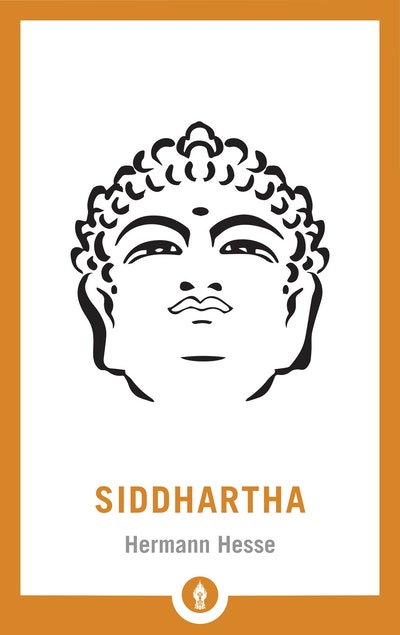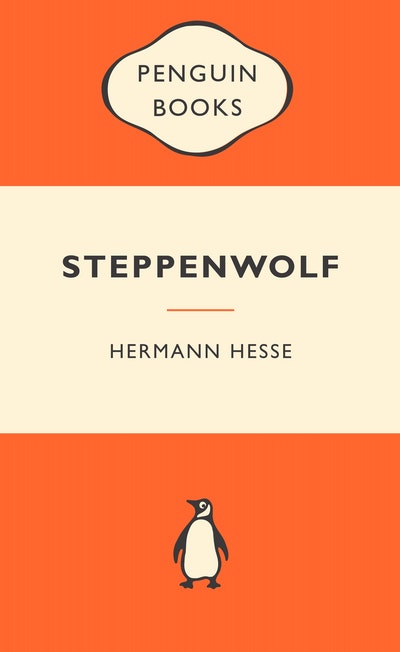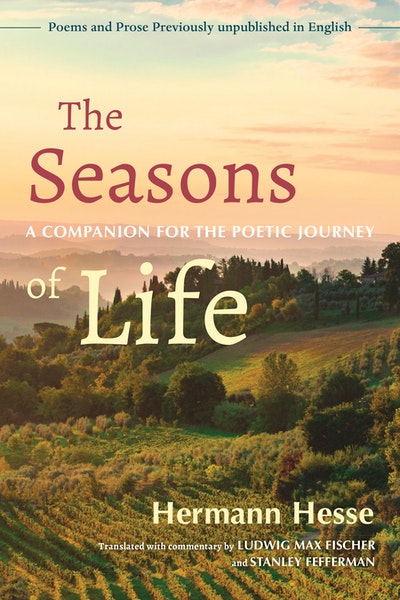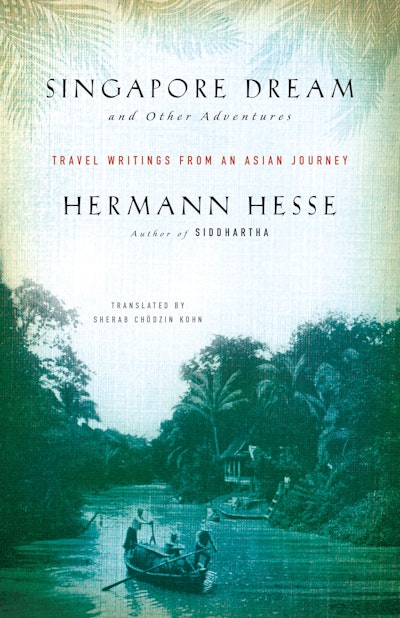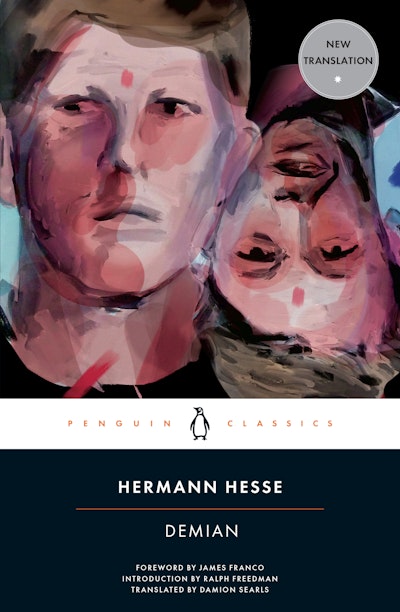[]
- Published: 11 December 2018
- ISBN: 9781611806441
- Imprint: Shambhala
- Format: Paperback
- Pages: 208
- RRP: $27.99
Siddhartha
A New Translation
Formats & editions
Buy from…
- Published: 11 December 2018
- ISBN: 9781611806441
- Imprint: Shambhala
- Format: Paperback
- Pages: 208
- RRP: $27.99
"Filled with timeless truths and told so beautifully with images that burn deep into your being, Hesse's novel speaks powerfully to every generation of spiritual seekers. . . . A fresh translation of Siddhartha that offers greater authenticity than any other translation--while still preserving the unique beauty of the original prose." --Branches of Light
"Filled with timeless truths and told so beautifully with images that burn deep into your being, Hesse's novel speaks powerfully to every generation of spiritual seekers. . . . A fresh translation of Siddhartha that offers greater authenticity than any other translation--while still preserving the unique beauty of the original prose." --Branches of Light
